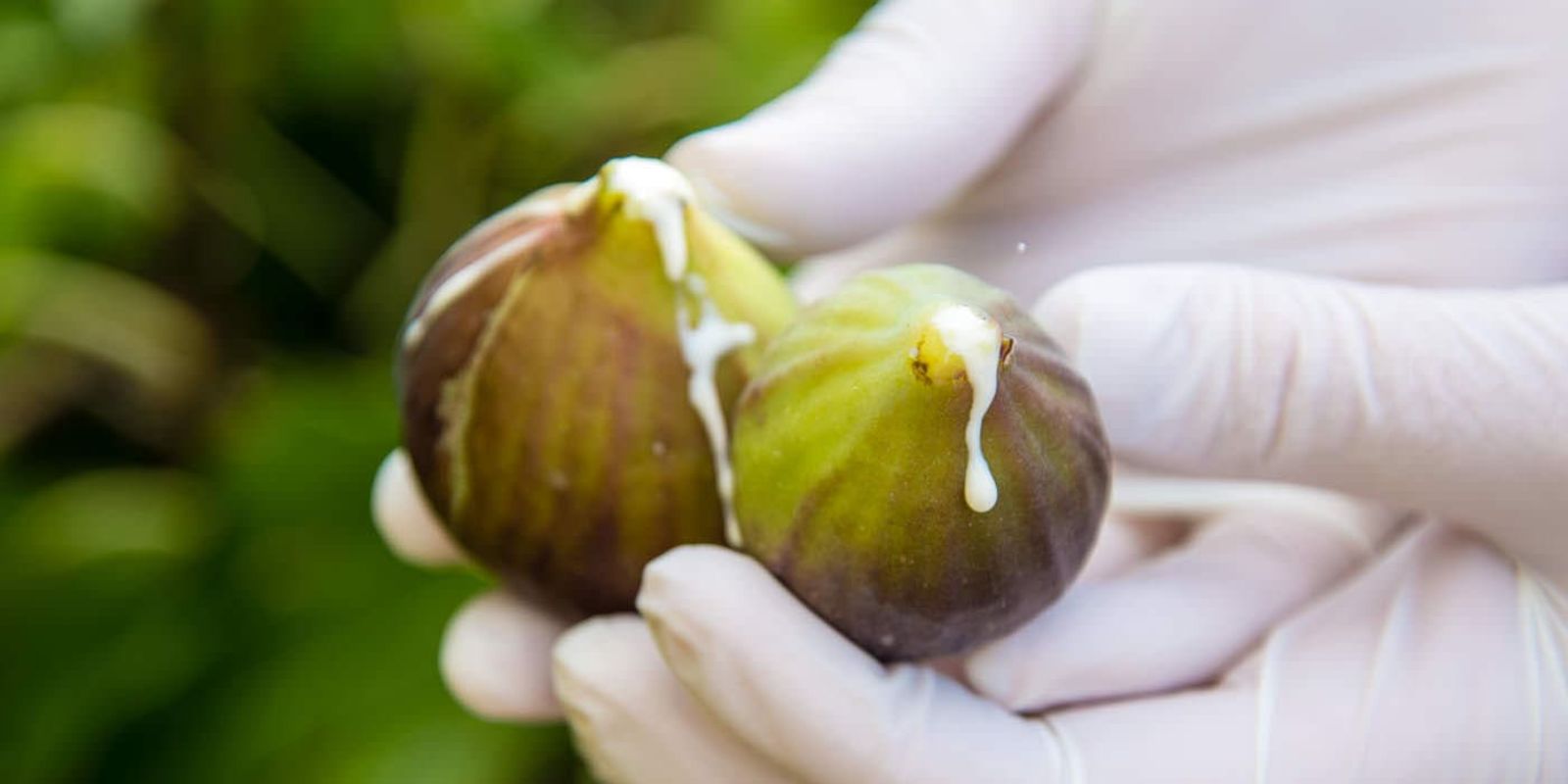Fig trees, renowned for their sweet fruits and lush foliage, offer more than just delicious produce. One of the lesser-known treasures of the fig tree is its milky sap, a substance with various benefits and applications. Collecting this sap might seem unusual, but it holds significant value for gardeners and enthusiasts alike. In this article, we will explore why and how to collect fig sap, along with its uses and benefits.
What is Fig Sap?
Fig sap, or latex, is a milky fluid found within the fig tree’s branches and leaves. This sap plays a role in the plant’s defense system, protecting it from pests and diseases. When the tree is injured, the sap flows out to seal the wound and deter predators. Though it’s not as commonly discussed as other plant substances, fig sap has a variety of uses that can benefit gardeners and nature lovers.
Why Collect Fig Sap?
- Natural Pest Repellent: Fig sap contains compounds that can repel insects, making it a useful natural pest deterrent for gardens.
- Medicinal Uses: Historically, fig sap has been used in traditional medicine for its antiseptic and anti-inflammatory properties.
- Gardening Aid: The sap can be used to seal wounds on other plants, much like how it helps heal fig trees.
How to Collect Fig Sap: A Step-by-Step Guide
Step 1: Choose the Right Time
The best time to collect fig sap is in the early morning when the sap flow is most robust. Early morning temperatures are cooler, which helps the sap flow more freely from the fig tree.
Step 2: Prepare a Small Bottle
Use a clean, small bottle for collecting the sap. A glass or plastic bottle with a narrow opening is ideal, as it helps to minimize spillage and allows for easy transfer of the sap.
Step 3: Make a Small Cut
To access the sap, gently make a small cut on a healthy fig tree branch. Use a sharp knife or pruning shears to make a clean incision. Avoid making the cut too large, as this can harm the tree and lead to excessive sap flow that might not be manageable.
Step 4: Collect the Sap
Allow the sap to drip into the prepared bottle. This process may take several minutes, depending on the size of the cut and the health of the tree. Be patient and ensure that the sap is collected efficiently.
Step 5: Seal and Store
Once you have collected a sufficient amount of sap, seal the bottle tightly to prevent contamination. Store the bottle in a cool, dry place to preserve the sap’s effectiveness and prevent it from drying out or spoiling.
Uses and Benefits of Fig Sap
- Natural Pest Repellent
Fig sap contains compounds that can help repel insects such as aphids, caterpillars, and beetles. To use fig sap as a pest repellent, mix it with water to create a diluted solution. Spray this mixture onto plants to protect them from pests naturally.
- Medicinal Properties
In traditional medicine, fig sap has been used for its antiseptic and anti-inflammatory properties. It can be applied topically to minor cuts and bruises to promote healing and reduce inflammation. However, it’s essential to consult with a healthcare professional before using fig sap for medicinal purposes.
- Gardening Aid
Fig sap can also be used to seal wounds on other plants. If you have plants that have been damaged by pruning or pests, apply a small amount of fig sap to the affected area. The sap acts as a natural sealant, protecting the wound and helping the plant recover more quickly.
Tips for Working with Fig Sap
- Handle with Care: Fig sap can be sticky and may stain clothes or surfaces. Wear gloves and use old tools when working with sap to avoid mess and staining.
- Monitor Tree Health: While collecting sap is beneficial, it’s essential to monitor the health of the fig tree. Avoid making too many cuts or removing too much sap, as this can stress the tree and affect its growth.
- Use Responsibly: Fig sap should be used responsibly and in moderation. Overuse or improper application can have adverse effects on plants and the environment.
Conclusion: Embrace the Benefits of Fig Sap
Collecting fig sap might seem unconventional, but this natural substance offers a range of benefits that can enhance your gardening practices and provide useful resources. From repelling pests to aiding plant recovery and even offering medicinal properties, fig sap is a valuable addition to any gardener’s toolkit.
Call to Action: Have you ever collected or used fig sap in your garden or for medicinal purposes? Share your experiences and tips with us, and discover how this hidden gem can transform your gardening routine! 🌿🌱

